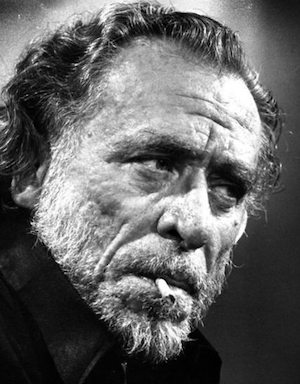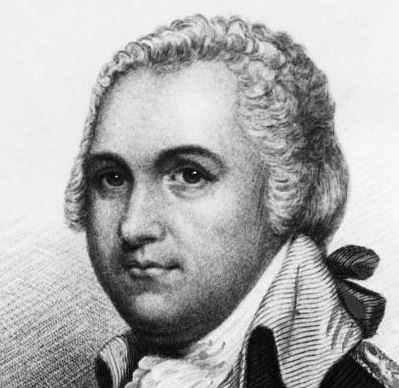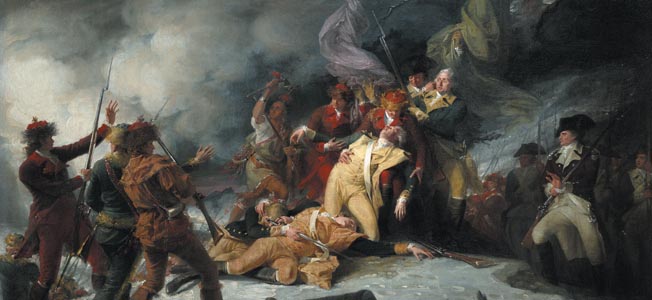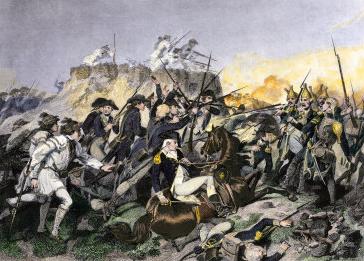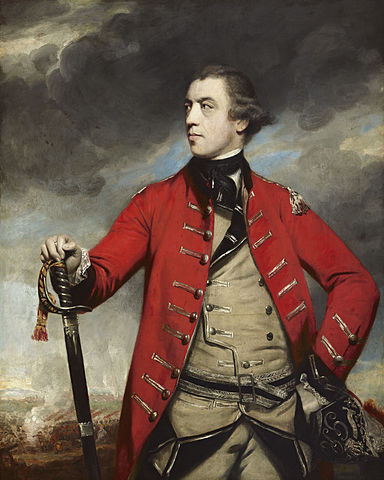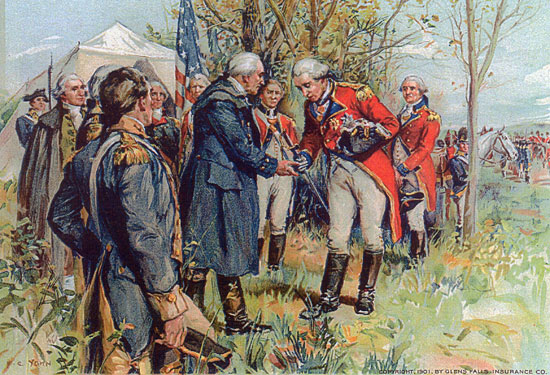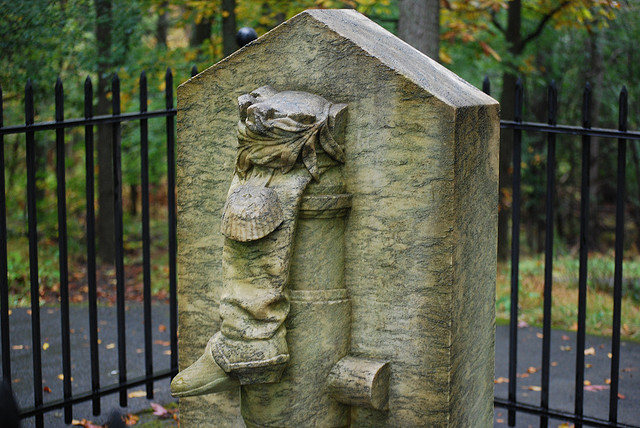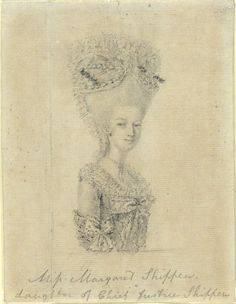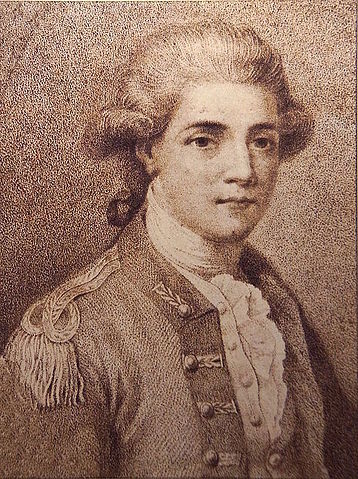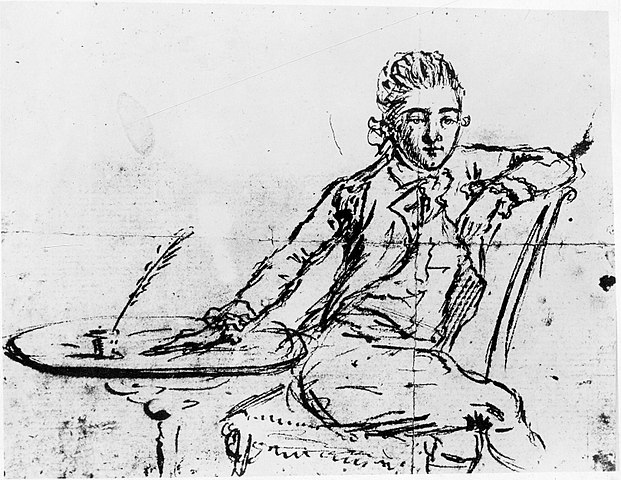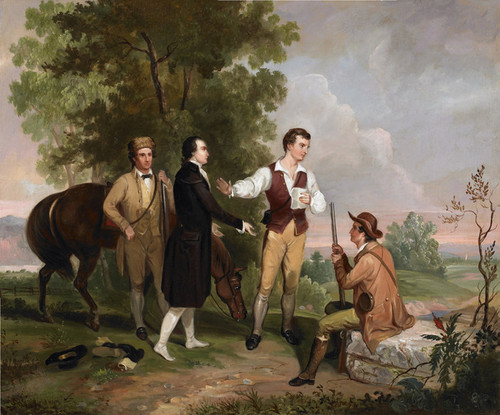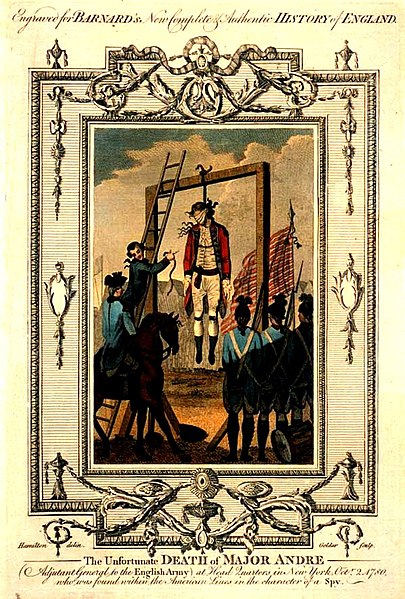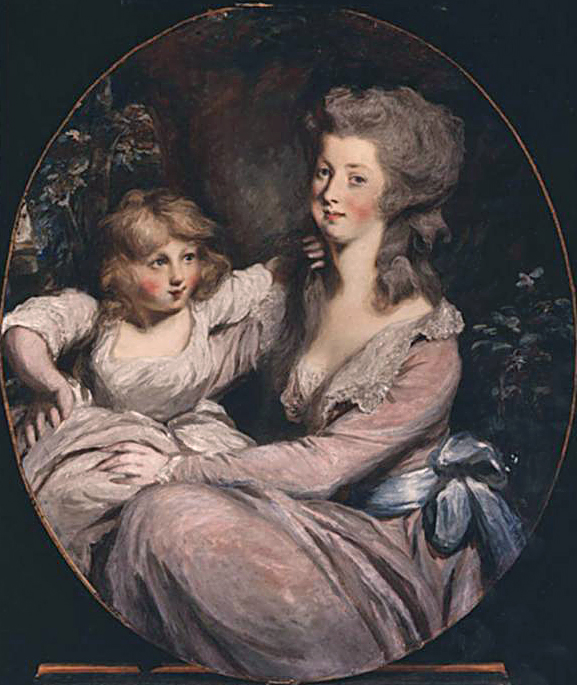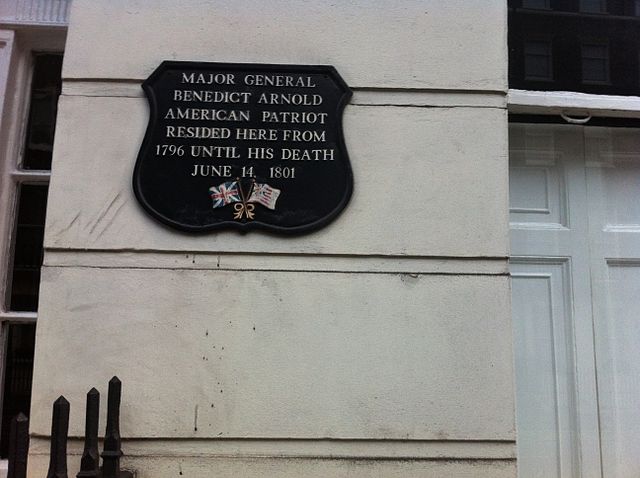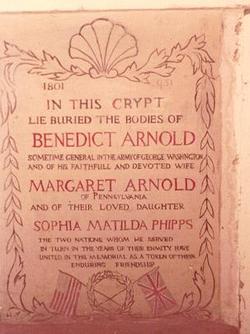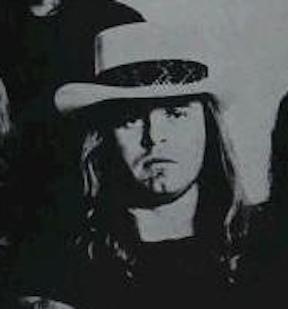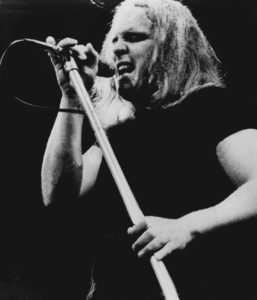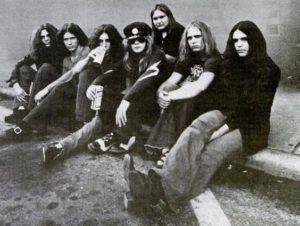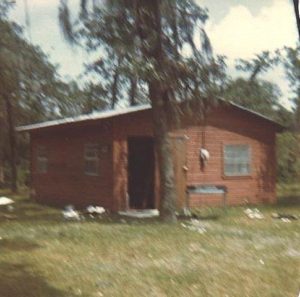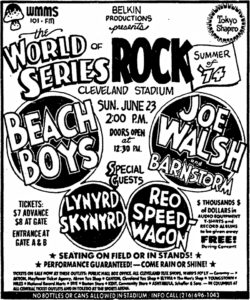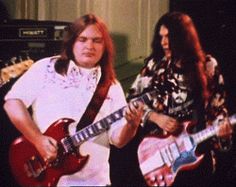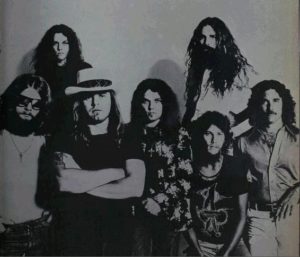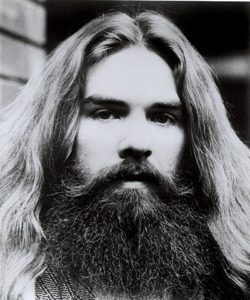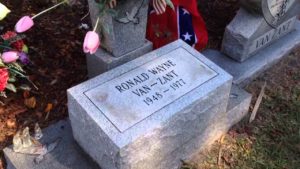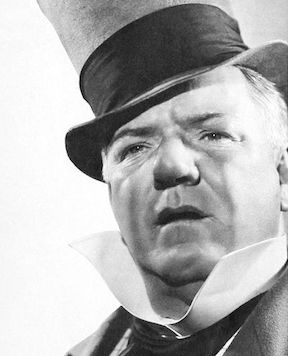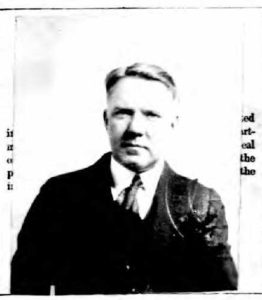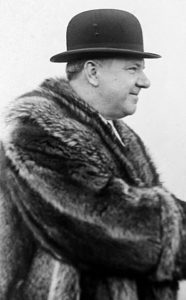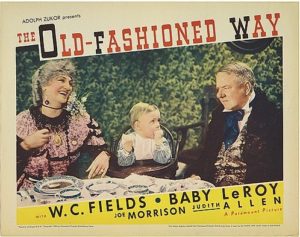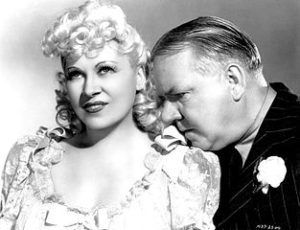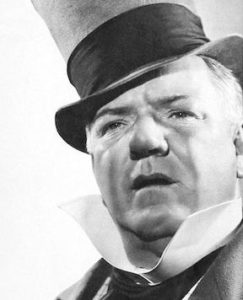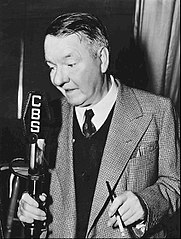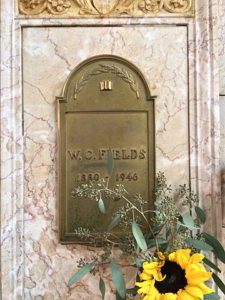Charles Bukowski: slacker, drunkard, misanthrope, poet, artist, hero.
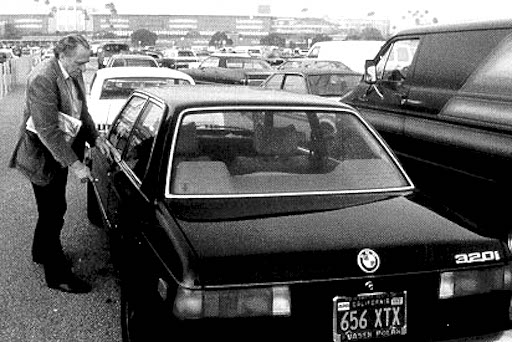
Although he was over sixty, Charles Bukowski was just hitting the stride of his professional life. With money rolling in, he no longer gave public readings and his life settled into a daily, rigid, if undemanding routine. He got up late and then headed out in his newly purchased, expensive, 320i BMW sedan. Opening the sunroof and tuning into a classical music station, Bukowski would head to whatever Southern California track was featuring live racing. Santa Anita, Hollywood, Del Mar, it didn’t matter.
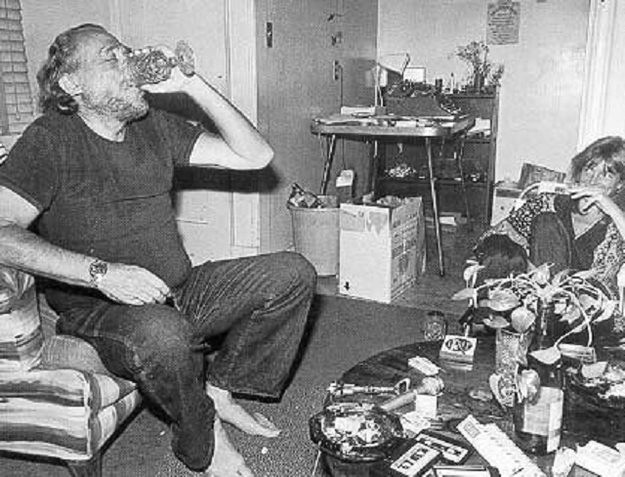
He would bet a modest amount and then return home to have dinner with Linda Lee. Then he would grab a bottle of wine and head to his writing study, working late into the night.
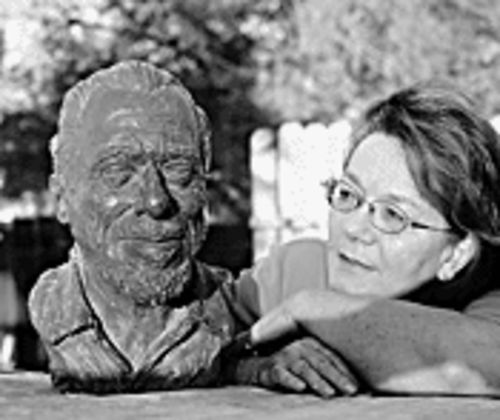
Linda King was an aspiring actress who ultimately turned to poetry and sculpting when her acting career went nowhere. Through her LA poetry connections she met Bukowski and asked to sculpt his likeness. After visiting him in 1970, at his DeLongpre apartment she was initially turned off by his flab, age and drunkenness but over time she became attracted to him enough to insist upon a makeover before they got involved. An indication of Bukowski’s interest was his willingness to cut back on alcohol and to lose weight while pursuing this relationship. Unfortunately, neither would remain monogamous during their subsequent five year involvement and this stormy relationship frequently deteriorated to one party tormenting or abusing the other. Acquaintances of Bukowski could immediately gauge the current situation by the presence of Linda’s remarkable sculpted likeness in the Delongpre residence. If it was missing, Linda and Hank had broken it off, usually temporarily. This break became permanent in 1975 after a raucous incident involving Linda smashing out the windows of Bukowski’s Carlton Way apartment with books she had stolen from the home’s interior. She had reason to be angry after having suffered numerous taunts meant to inspire jealousy and even suffering blackened eyes as a result of Bukowski’s physical violence. Ultimately, only the bust of Bukowski survived this relationship, Linda possesses it to this day.
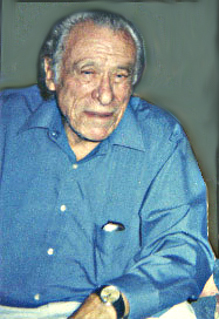
By 1989, Bukowski was in his late sixties. His body began to wear out after years of abuse and he was actually diagnosed with tuberculosis, dormant since childhood but resurgent as a result of stress and debilitation. A lengthy dose of antibiotics prompted Bukowski to give up alcohol and he would never resume his heavy consumption, his body no longer able to tolerate the effects of heavy drinking.
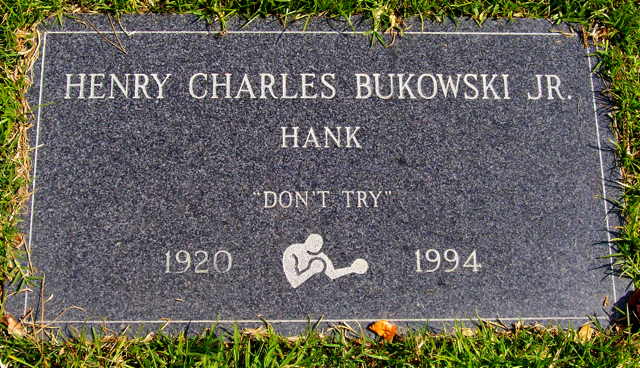
Charles Bukowski was buried at Green Hills Memorial Cemetery after a funeral attended by friends, including Sean Penn and publisher John Martin, who both spoke at the service. While the cemetery is located in the wealthy enclave of Rancho Palos Verdes, Bukowski’s grave is on a hillside overlooking the port of San Pedro. His epitaph reads simply “Don’t Try” an allusion to the idea that if you are going to attempt an artistic or unconventional lifestyle don’t do it half-heartedly, go all the way.
Podcast: Play in new window | Download
Subscribe: RSS

